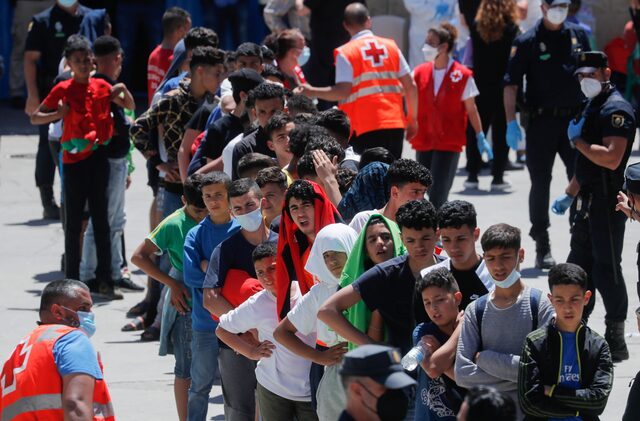Spain is preparing to relocate hundreds of migrant children from overcrowded reception centres across the country. The decision follows concerns over the poor living conditions in some areas, especially where migrant arrivals are high.
When the relocation plan was first introduced, many regions said their migrant centres were already full. But under the new law, only three areas will be allowed to declare a “state of emergency” to avoid accepting more children. All other areas must prepare to receive foreign children and teenagers by improving their existing facilities.
According to the law, each autonomous community in Spain should have 32 available places for every 100,000 people. In reality, many regions fall short of this target. The Canary Islands, for example, have been overwhelmed by the number of unaccompanied minors arriving there.
Now, all Spanish regions, except the three emergency-declared ones and the Balearic Islands, will have to create more space for the children. This change is meant to ensure better care and reduce the pressure on regions already struggling with high migrant numbers.
The government has not shared the total number of children that will be moved or their final destinations. However, reports suggest that Andalucía, Madrid, and the Valencian Community have the largest capacity and will likely receive the most children.
Officials say the relocation will begin during the summer, despite some regional governments disagreeing with the plan. The government believes this action is necessary to protect the welfare of the minors and to balance responsibilities among the regions.
This new relocation effort shows Spain’s attempt to manage migration more fairly. It also reflects the ongoing challenge of caring for unaccompanied minors in a system already under strain. The coming months will show how well the plan works in practice.

